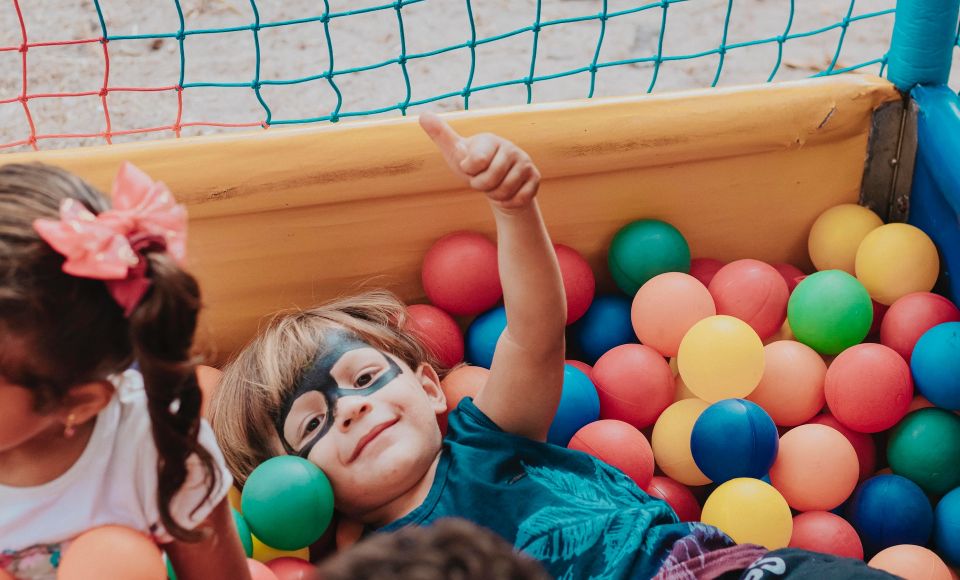
A Playful Approach
A playful approach to teaching young children is almost always guaranteed to capture their attention. Children naturally sit up and take notice when something looks fun! However, once children are engaged, they need to be given challenges too: if a task is too easy, they may quickly get bored; too difficult and they may quickly give up. Thus, the daily challenge for early years practitioners is how to engage children playfully and in ways that stimulate their language learning, creativity, and problem-solving skills.
Types of Play
Unstructured Activities
Unstructured activity is where children receive little or no adult support during their play time. This type of ‘free play’ is useful when children just need to relax and release tension without having to listen attentively to adults or follow adult directives, for example, after being seated for a while at circle time or story time. Free play is beneficial for children’s physical health and mental well-being, allowing them time to run around, explore materials, chat with each other, and create their own rules. However, too much free play may become too chaotic and is best balanced with other types of play to achieve desired learning outcomes.
Child-initiated Activities
When children initiate their own play activities, they are prompted by their own interests and motivations to explore their immediate surroundings and the activities that have been set up for them. Early years educators should make the most of opportunities for children to engage in their own self-initiated play, because the latter is a powerful motivator for learning. When children are deeply involved in their play, they can problem-solve, concentrate for sustained periods of time, and engage their own imaginations.
Adult-led Activities
When an activity is initiated and led by an adult, children may well be eager to join in, but they will somehow know that this is not play in its truest sense. However, adult-led activities are important because they can help extend learning, such as by the introduction of a new topic or new vocabulary, or by providing fresh opportunities to practise skills.

How Can Adults Support Children’s Play?
When children are deeply involved in their own child-initiated play, we may feel reluctant to rush into their imaginative world and disturb the flow of their ideas. However, children are often happy to welcome adults as co-players. Therefore, we should aim to respectfully accept their invitation, but to do so mindfully and avoid ‘jumping with both feet’ into the play situation and effectively squashing the children’s ideas! The following suggestions may achieve a more cautious integration to maintain the flow of play, the children’s deep involvement and the momentum of learning:
- Observe and listen to the children to see what is happening in the play situation.
- Consider any reasons why you should participate, for example, to offer fresh ideas, extra resources, or new vocabulary, or to support another child who feels shy about joining in.
- With young children, you could join in by copying their actions, which gives a clear signal that you are having fun and cooperating with their ideas.
- Let the children propose the terms of the play, for example, by adopting the role they suggest for you.
- Avoid asking closed questions that do not prompt further conversations and discussions because they only require simple or one-word answers such as ‘Yes’ or ‘No’. For example, avoid asking simplistic questions about size and colour, such as ‘Is it big? or ‘What colour is it?’
- Once you have tuned into the quality of the children’s play and you understand the language and concepts they are using, you can begin to gently model new ideas to help extend the play without overwhelming the children’s own plans.
